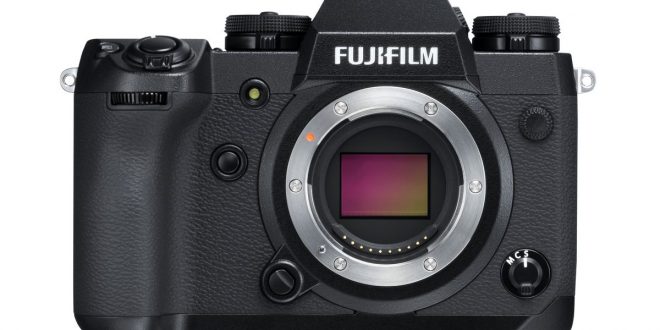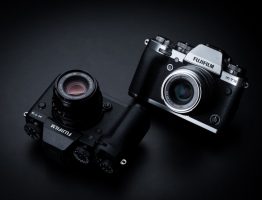Fujifilm just announced their newest Fuji-X Camera, the X-H1. Will it’s IBIS open the shooting envelope for Fujicron lenses, or is it’s size too bulky for Fujicron fans?
IBIS and Low Light
When comparing Fuji’s f2 primes with their older, f1.4 equivalents, many photographers worry about low light performance.
For many, an extra stop of light can be the difference between getting the shot and a noisy, high ISO mess. Although I’m a huge fan of the Fujicrons, and f2 is enough to get most shots, there have been times where I wished for that 1.4 aperture.
That extra stop of light meant some photographers would opt for the slower focusing, non weather sealed f1.4 lenses.
Well, with the new X-H1’s 5.5 stops of In-Body Image Stabilization (IBIS), suddenly f2 doesn’t seem like a limitation at all. The stabilization allows the photographer to shoot longer exposures handheld, without camera shake.
Previously, any kind of stabilization was only available to some zoom lenses and the 80mm Macro. The X-H1 is the first Fuji camera to feature IBIS.
Companies like to boast about how good their Stabilization is, but does the reality live up to the marketing? Keith Wee is able to handhold shots up to 11 seconds while braced on a wall, and up to 5 seconds without much problem. It’s still too early to declare Fuji’s promise of 5.5 stops a guarantee, but it’s looking pretty good.
Being able to shoot handheld with low shutter speeds opens up a huge range of possibilities for f2 lenses.
Unless you’re shooting sports in low light or really need the bokeh, the Fujicrons are starting to look like an even better option.
Is IBIS worth the extra size?
One problem: the X-H1 is much larger than previous Fuji Cameras. Suddenly the size advantage afforded to us by the Fujicron lenses doesn’t seem like such a great benefit.
 Size Comparison: X-T2 next to the new X-H1
Size Comparison: X-T2 next to the new X-H1
The X-H1 is about the same width as the X-Pro2, a favorite among Fujicron users. It is however, taller, thicker, and heavier. If you care a lot about size and weight, IBIS might not be worth it. However, for some, the larger grip might even mean it’s easier to hold.
One awesome thing about IBIS: reduced need for a tripod. The added weight of the X-H1 is nothing compared to a proper tripod.
Ultimately, the decision is up to you.
If you shoot a lot in low light, or dabble in video, the X-H1 might be the camera.
If you value compact size and light weight, I’d recommend against the X-H1. Fuji has plenty of options which still have the same excellent image quality as the X-H1.
Personally, I will stick with my X-Pro2 for it’s weather sealing, and the Optical View Finder. I am however, tempted to try the X-H1 for its video capabilities…
What do you think?



I have NO idea why Fuji would frankenstein a digital readout on top of the yuge grip when everything is already visible from the same vantage point with the lens on. Or in the viewfinder. It’s a terrible nudge at the Leica S, I suppose. BTW, I LOVE this blog. Keep it up.